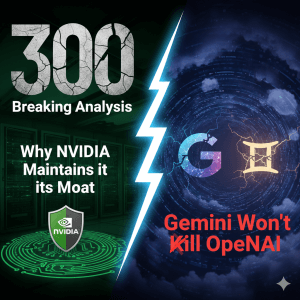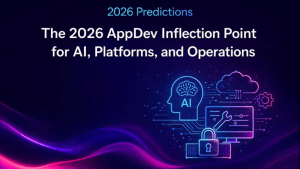Premise
Next generation datacenters with all-flash for active data will require much higher performance system networks. These networks will need to be integrated into converged systems, and be completely separate from long-distance networks.
Changing Requirements of System Networks
Within disk-heavy data centers, the constraint on bandwidth and latency is the hard disk drive (HDD) itself. With the advent of all-flash data centers, other components need to be upgraded to take full advantage of the increased bandwidth, lower latency, and much higher number of IOPS that will be generated. As storage moves closer the servers, a higher percentage of system bandwidth will be to server-to-server communication, with much lower and consistent latency requirements. System networks need new capabilities such as:
- Significantly increase bandwidth to exploit the all-flash active data datacenter.
- Provide SLAs that can be managed at a system/application level by allowing IOs to be tagged to applications (or at least virtual VMs).
- Provides much lower latency and improved latency consistency as system networking become a much higher relative overhead.
- Provides APIs that allow management of the system network to be orchestrated and automated at a system level.
The Brocade Gen 6 Fibre Channel is an example of the characteristics of a system network Fibre Channel based solution, with good automation features. Other higher-bandwidth/lower latency network solutions are also available, such as Melanox InfiniBand switching (used in most storage arrays and many Oracle engineered systems), PCIe switching (in products such as EMC’s DSSD), and future memory bus switching.
System networks in general will be operating at very high bandwidths and very low latency, which will require much shorter distance and smaller areas. These networks will be materially different and independent from networks that connected to people driven devices, or long-distance networks.
One example of distance change is synchronous networking, which allows a second copy of disk-based data to be updated synchronously over multiple miles, with IO times measure in milliseconds (e.g., 20 ms). In the next generation datacenter, intra and inter-system latencies will be measured in microseconds (1,000 times faster), and the synchronous distance covered by these networks will be measured in meters. Asynchronous methods will be needed.
System Network Providers Become OEM Suppliers
To be successful player in the next generation datacenters, all switching vendors will need to play as a team-members, and ensure that licensing and maintenance of their hardware, software and technology will allow integration into an overall system solutions. Future converged system providers will need to offer a single source of the complete solution, a single hand to shake, a single source for updates and upgrades, a single “throat to choke” for problem resolution. Providers will need to act as OEM providers, and fit in with the update and upgrade cycles of the primary vendor. All will need to provide full API to integrate into higher level
Action Item
Senior IT managers and CTOs will need to include low latency and high bandwidth system networks into converged infrastructure purchases, and completely separate them from long-distance asynchronous networks.


